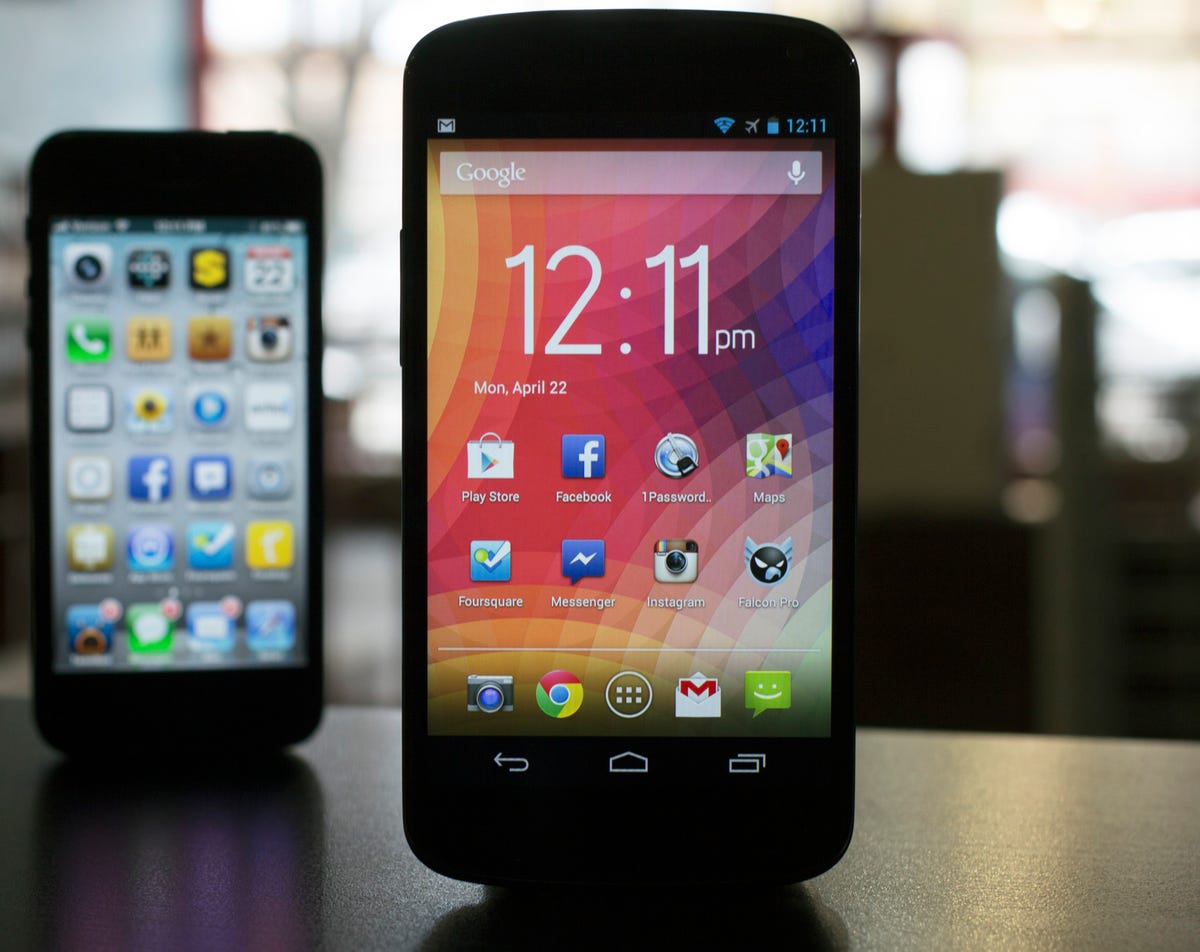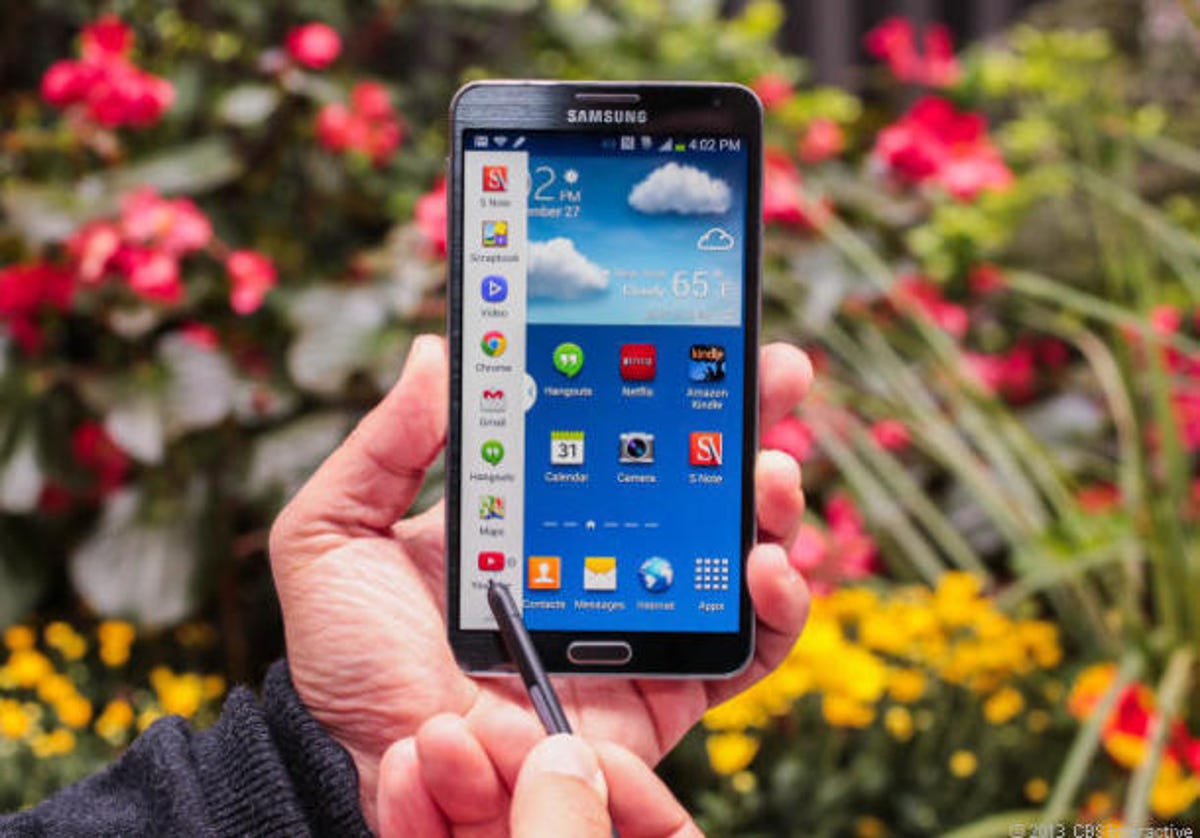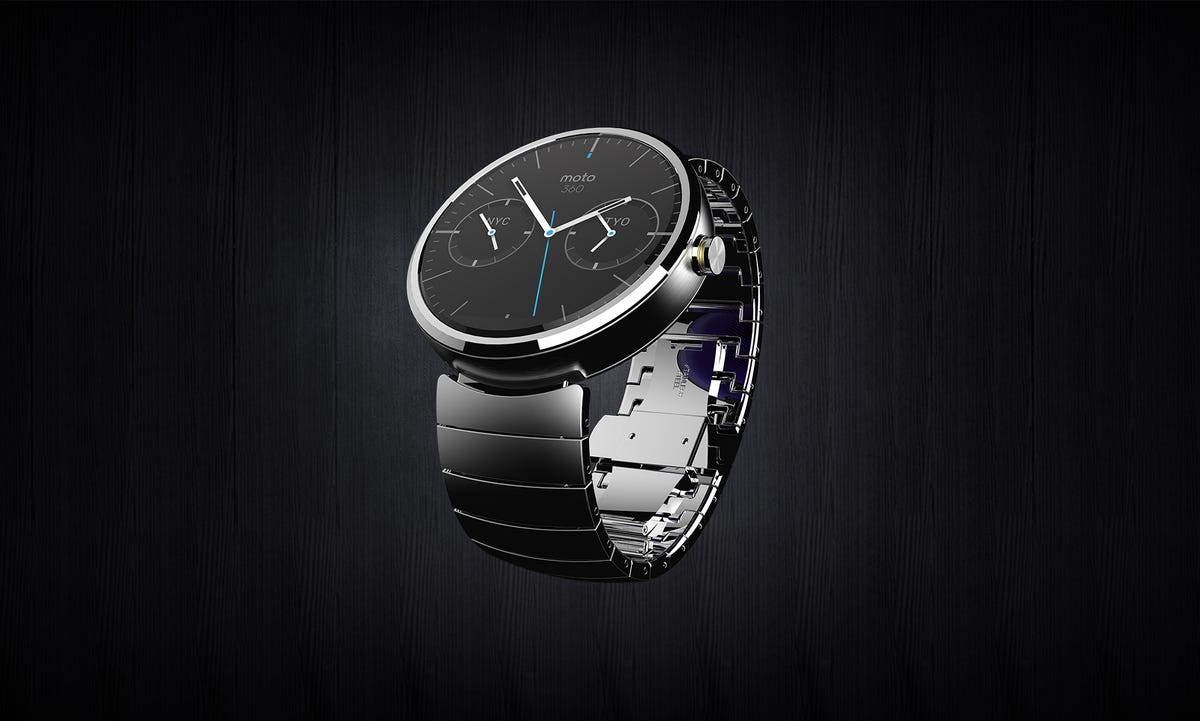
Jason Cipriani/CNET
I’ve written about and reviewed mobile phones for almost a decade and a half. Everything from flip phones, to BlackBerrys, to today’s hottest Android models, and yes, Apple iPhones, have passed through my hands. That experience is why, more than anything, I’ve ultimately settled on Google Android as my smartphone platform of choice.
Sure,I’ve been tempted to make the switch to iOS products, especially early on in Android’s development, but I’ve always had quite a few reasons for emphatically resisting the iPhone’s siren call. Right now, though, it comes down to this: Android has surpassed iOS to become the most powerful, advanced, flexible, and frankly, exciting mobile technology on the planet.
What other OS could you say is the driving force behind an array of amazing devices, such as the Samsung Galaxy S5 , the HTC One M8 , and the Sony Xperia Z2 ? All of which make Apple’s iPhone 5S superphone look positively prehistoric. Android’s momentum is just gathering speed, too. This summer, Google will make its presence felt in the futuristic field of wearable technology in a big way, when the first Android Wear gadgets will arrive. This includes the scintillating Moto 360 and the intriguing LG G Watch, both of which leverage the freakishly intelligent Google Now notification engine.


Sarah Tew/CNET
More devices for the taking
Say what ever you want about Android fragmentation, or whether it even exists, but there’s an upside here I think people often overlook. That is having a huge selection of products to choose from, at least compared with only one iPhone (the 5S, since the watered-down 5C isn’t even worth considering).
It’s true that the sheer multitude of Android devices on the market, many with wildly different components, specs, and screen sizes, is a big headache for app and hardware makers in terms of meeting compatibility requirements. That said, more devices from competing phone manufacturers equates to a big win for consumers. Right now people can choose from a myriad of Android smartphone options, each offering distinctive attributes that they personally resonate with.
For example, if ridiculously long battery life is what you crave, there’s the Motorola Droid Maxx. Looking for an excellent unlocked bargain? Well then, consider the Moto G, Moto X, or Nexus 5. Additionally, phablet lovers have the Samsung Galaxy Note 3 and LG G Pro 2 to tickle their fancy, while design aficionados will certainly enjoy the oohs and aahs they’ll receive from the lovely HTC One M8 . There’s simply no contest here, since the singular iPhone can’t hope to stand against a legion of very impressive (or more impressive, I’ll wager) handsets from numerous companies.
Smoother, faster, stronger, better
The majority of early Android phones were plagued by shaky performance, stutters, glitches, and a plain butt-ugly graphical interface. I mean, I loved my HTC G1 but, boy, was it clunky — especially stacked up against the silky-smooth operation of the first iPhones. Of course, I was coming straight from a T-Mobile HTC Wing running Windows Mobile 6.1, truly a dog like no other, and that made any device an improvement.
No, those glitches haven’t disappeared ,but with each Android iteration, flagship phone launch, and even custom skin built by one of its hardware makers, Google’s mobile OS has evolved for the better. HTC’s Sense UI on the company’s Hero, Legend, and Desire class handsets (aka Droid Eris, Evo 4G, and Google-variant Nexus One) helped greatly.
Serious progression happened, though, with the next two Nexus devices, specifically the Samsung Galaxy Nexus and current LG Nexus 5. The Galaxy Nexus running Android 4 Ice Cream Sandwich ushered in a huge boost for Android usability and clean software aesthetics. And the Nexus 5, which now features Android 4.4 KitKat, represents the current pinnacle of mobile computing power melded with elegant presentation.
More importantly, modern Android gives users the freedom to tweak the look and feel of their phones to their hearts’ content. I’m not simply talking about shoving app shortcuts onto folders, either. You have resizable widgets to drop wherever you want, plus a separate application tray you can sort numerous ways. Notice I didn’t even mention custom skins, or software ROMs that hardcore modders love so much. It’s a level of customization iOS can’t touch, and I find I just can’t live without.
iPhones have become boring
When I look at an iPhone — even the best Apple has to offer (iPhone 5S) — I can’t help but stifle a yawn, and here’s why: Android phone makers, and Samsung in particular, tend to throw every trendy piece of hardware and software feature into their products. Apple, on the other hand, typically takes longer to jump onto the latest technology trends (if ever), which certainly doesn’t get my blood pumping.
I realize that both philosophies have their admirers, but ultimately it’s harder for me to get as excited about the iPhone as I do about, say, gadgets with big and colorful OLED screens (the Galaxy Note 3, GS5) or stylish metal chassis (the HTC One M8). Nor does the iPhone posses a handy water- and dust-resistant chassis like the Sony Xperia Z2 or Galaxy S5.
Heck, the iPhone doesn’t even have NFC circuitry for fast Bluetooth pairing with accessories such as headsets and portable speakers. The list of the iPhone’s shortcomings goes on and on — just add wireless charging, removable batteries, SD card slots, and you get the picture. Honestly, the only real positive aspect of the iPhone is its camera, which continues to trounce top Android phones year after year. Even so, Android handsets are catching up, making this more of a moot point than ever before.


Motorola
The future belongs to Android not Apple
Google is making inroads into virtually every area of modern life where technology plays a significant role, and I think that bodes well for Android’s future. If we’re soon to enter a brave new world of self-driving cars and smart home appliances, not to mention gadgets we will strap to our bodies that will track our movements, chances are good Android will be there in force.
Where is Apple in all of this? Since the iPhone 4S, the company has gotten into a rhythm of yearly phone launches set in the fall. While this business model certainly works well for Apple, the iPhone 6 no doubt will get lots of attention — it’s very predictable. By contrast, Android innovations occur all year and often with unexpected device announcements.
This continual movement, coupled with Android’s superior customization options plus its ability to power a growing number of gadgets, is what makes Android extremely exciting for me. The iPhone, well, not nearly as much.



